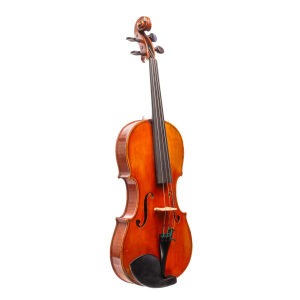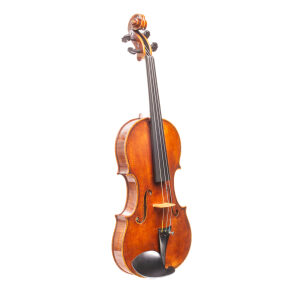Giovanni Paolo Maggini – Violin Maker (1580 – c. 1630)
Giovanni Paolo Maggini was born in Botticino, Italy in 1580 and, at while quite young, moved to Brescia to train with master violin maker Gasparo da Salò. Both are widely acclaimed as the most important instrument makers of the Brescian school. Maggini worked for da Salò for twenty years before going his own way and developing his own instruments.
His early instruments display da Salò’s strong influence but with somewhat crude workmanship. His violins typically employed two lengths – one about 35.5 cm, which conformed to contemporary standards, and another larger model, about 37 cm, which Maggini is reported to have preferred due to its more powerful sound quality. Maggini’s early violas were also larger than was customary at the time, but he eventually reduced their size to about 41-42 cm, which is standard for a contralto viola.
Maggini experimented frequently with his instruments in an attempt to constantly refine his construction methods, with special attention given to improving the tone quality. The instruments Maggini made late in his career are considered his finest creations. They are highly regarded for the quality of the woods, as well as for their exceptionally mellow tone. His use of varnishes evolved over time from a clear brown in his early period to a more brilliant transparent golden or reddish-brown color in later instruments. Maggini is reported to have made at least sixty violins, nine violas, two violoncellos, one double bass and a few viols.
-
German Violin
A German Violin renewed by A.B. Clark in 1897 – Richmond Indiana
Rated 0 out of 5$7,500 Add to cart




